Some weather stories sound like tall tales until you see the data – and sometimes the photographs – stack up. From rolling clouds that behave like ocean waves to lightning that blossoms above storms instead of within them, our atmosphere is a restless laboratory. Scientists are racing to explain these curiosities not just out of wonder, but because each one offers clues about turbulence, climate, and the limits of prediction. The surprises are often hiding in plain sight, tracing thin lines across horizons, oceans, and even the stratosphere. Here are eight spectacles that feel like folklore and read like science.
Ball Lightning: The Phantom Orb That Follows the Storm
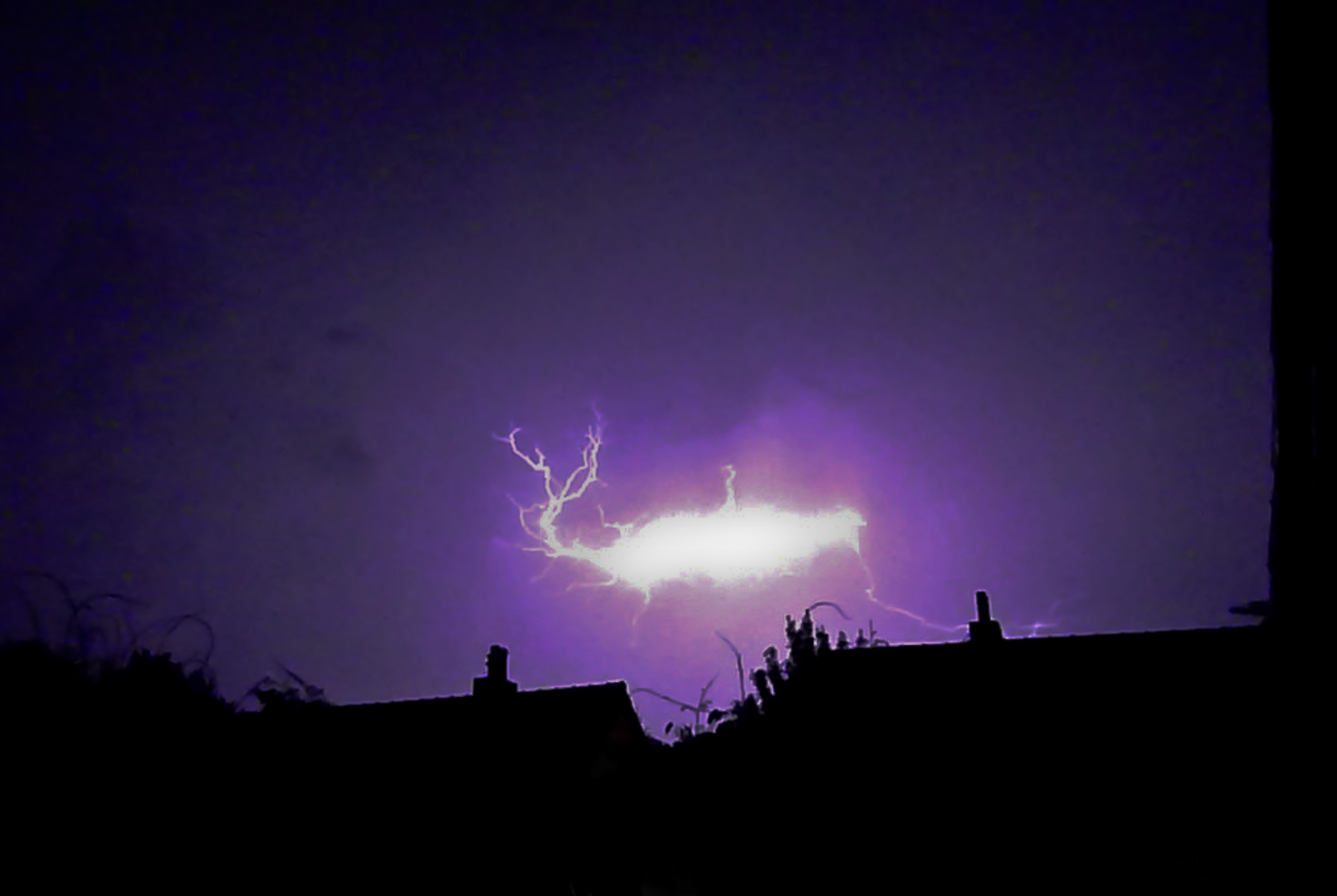
Imagine a luminous sphere the size of a grapefruit drifting through a room during a thunderstorm, hovering, then vanishing without a trace – no special effects, just physics we still don’t fully grasp. Ball lightning has been documented for centuries in memoirs and ship logs, and modern case studies suggest it glows for a few seconds, moves erratically, and can pass near windows or rooftops. Laboratory analogs hint at vaporized silicon from soil, microwave resonances inside cavities, or self-sustaining plasma shaped by electromagnetic fields. None of those models answers every observation, which is exactly what keeps researchers running toward the mystery instead of away from it.
Why care about an elusive light? Because understanding how extreme electric fields behave could ripple into safer aircraft designs and better lightning protection for the grid. Even rare events stress-test our theories, revealing where our equations wobble when nature pushes them to the edge.
Morning Glory: The Rolling Cloud That Stretches for Miles
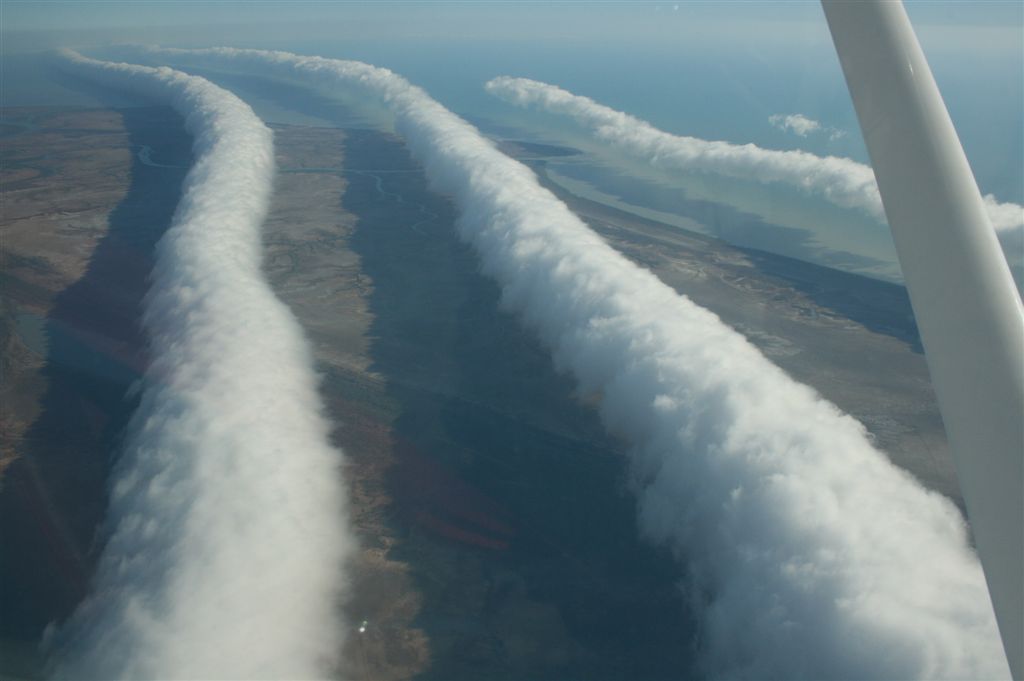
At dawn over Australia’s Gulf of Carpentaria, a cylindrical cloud can unfurl like a white carpet across the sky, sometimes extending hundreds of miles. This Morning Glory is a solitary wave – think of a surfer’s endless ride – generated by sea-breeze circulations, nighttime inversions, and the region’s unique topography. The cloud’s leading edge lifts moist air, condensing a crisp roll; the trailing edge promotes evaporation, maintaining its sleek outline as it glides forward. Glider pilots flock there in spring, using the wave’s uplift like a hidden escalator.
Beyond the spectacle, the Morning Glory offers a natural wind-tunnel for studying boundary-layer physics. The same wave mechanics can influence low-level wind shear, which matters for aviation safety and coastal forecasting far beyond northern Australia.
Catatumbo Lightning: The Night Sky That Rarely Sleeps

Over Lake Maracaibo in Venezuela, nights can throb with near-continuous lightning, a phenomenon so persistent it’s been used as a navigation clue by mariners. Warm lake air collides with cool mountain outflows, focusing convection into a recurring electrical engine that can fire up many evenings a year. The flashes reach high into the clouds, sometimes without much thunder reaching shore, producing a surreal, strobe-lit horizon. Local fishers time their work by these rhythms, treating the storms as both hazard and guide.
Researchers probe how humidity, land–lake breezes, and terrain conspire to build this hotspot, and why it waxes and wanes with larger climate patterns. These answers feed into lightning climatologies that help power companies plan for surge risks and help communities anticipate storm seasons with better precision.
Fire Rainbows: Sunlight Painting in Ice
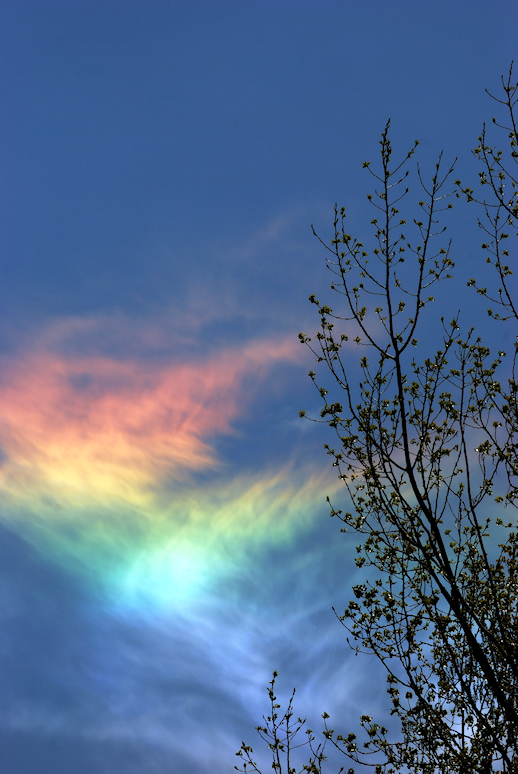
“Fire rainbow” sounds like a contradiction, but the science is elegantly cool: plate-shaped ice crystals high in cirrus clouds refract sunlight into a band of vivid color running parallel to the horizon. Officially called a circumhorizontal arc, it graces the sky only when the Sun climbs high – roughly summer midday in many mid-latitudes – and the crystals align just right. The spectrum can look almost digital, with neon teals and reds sharp enough to rival street art. Blink and the alignment changes; the band softens to white and then dissolves.
Far from mere sky candy, these arcs reveal the geometry of ice crystals, which in turn shapes how thin clouds reflect and trap heat. Get the crystals wrong and you misjudge how much sunlight our planet keeps or loses – a small error that scales up in climate models.
Sprites, ELVES, and Blue Jets: Lightning’s High-Flying Cousins
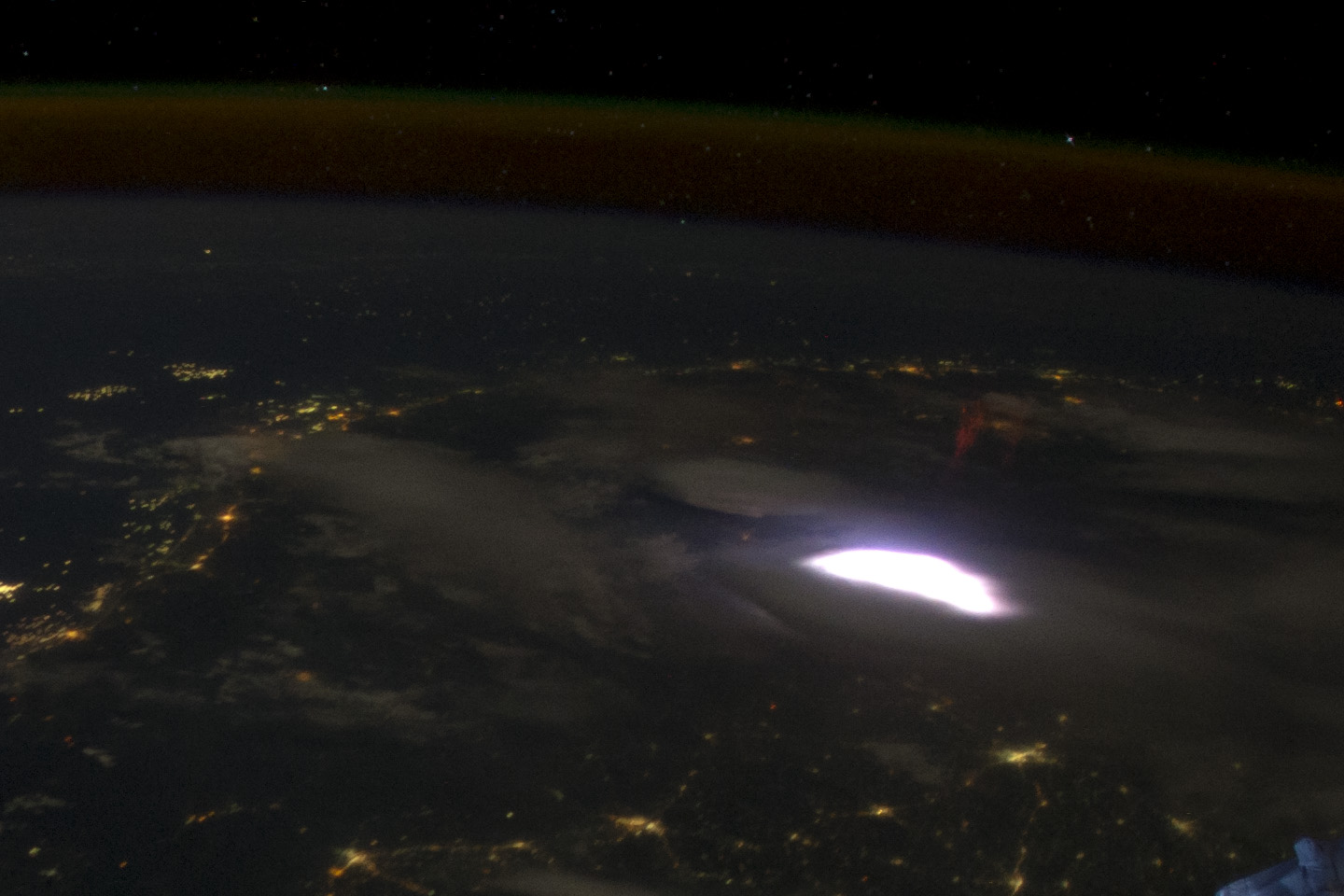
While storms rage below, their fleeting cousins erupt above: crimson sprites dangling like jellyfish at the edge of space, ghostly ELVES expanding as rings higher still, and blue jets shooting from cloud tops like electric geysers. These transients burst for milliseconds, triggered by powerful lightning strokes that rearrange electric fields far above the storm. High-speed cameras, research aircraft, and satellites now catch them routinely, revealing structures that stretch tens of miles across and glow at altitudes where the air is thin. The colors tell a chemistry story, with nitrogen excited into luminous reds and blues.
Why does it matter? Because these flashes tinker with the upper atmosphere’s chemistry and can subtly influence radio communications and GPS signals. They also close the loop on thunderstorm electricity, showing that a storm’s reach extends well beyond the rain shaft we see from the ground.
The Green Flash: A Split-Second Emerald at the Horizon

As the Sun kisses the horizon, a brief emerald glint can cap the disk – a blink-and-you-miss-it flourish created by refraction peeling green light from the mix. Layers of air at different temperatures act like stacked lenses, separating colors just enough for green to linger a heartbeat longer than red. Over the ocean the effect is cleaner, but city rooftops and mountain ridges can deliver surprises when the air is steady. I once saw it off the California coast, a tiny spark that snapped into being and was gone before I could point; it felt like catching a secret handshake from the atmosphere.
For scientists, the green flash is a sanity check on optical physics in the wild. For the rest of us, it’s an invitation to watch sunsets with patience, where the last second counts more than the first.
Brinicles: Undersea Icicles That Freeze Life in Place

In polar winters, dense, supercooled brine leaks from sea ice and snakes downward like a glassy vine, freezing seawater into a hollow tube called a brinicle. As the brine cascades, the tube lengthens until it reaches the seafloor, where it can trap slow-moving creatures in an icy embrace. Time-lapse footage turns the scene into a silent thriller, with the brinicle curling and branching like a frosted root. It’s weather’s fingerprint at the ocean–ice interface, drawn in slow motion.
Brinicles help researchers map salt and heat exchange in polar seas, a process that shapes winter ice growth and spring melt. Those details feed directly into sea-ice forecasts that inform shipping routes, wildlife management, and coastal planning in a warming Arctic and Antarctic.
Fallstreak Holes: Sky Donuts Carved by Passing Aircraft
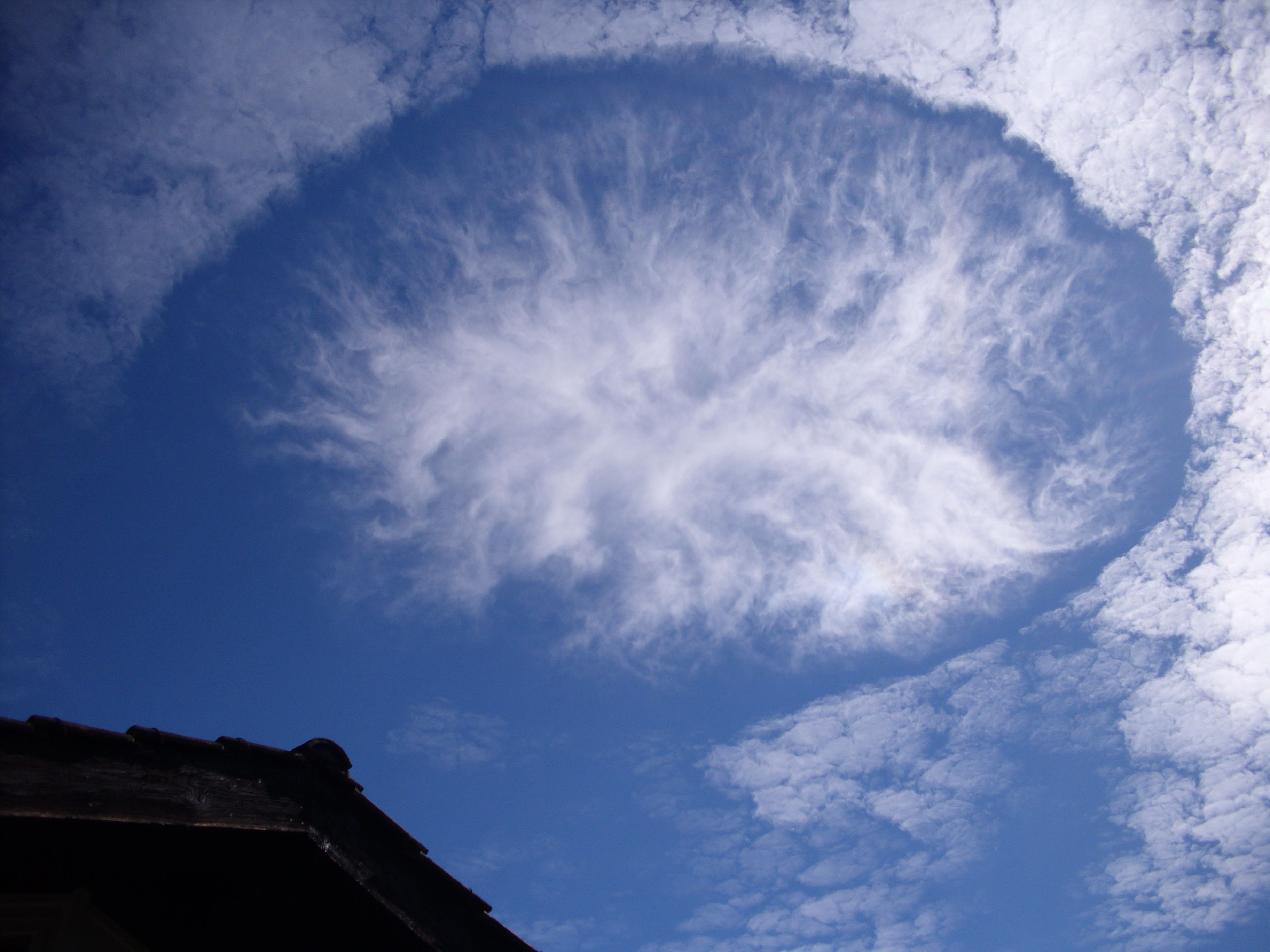
Sometimes a sheet of high cloud suddenly hosts a crisp circular gap, as if someone punched the sky; below it, a wispy shaft of ice crystals drifts like a soft chandelier. These fallstreak holes form when aircraft slice through supercooled cloud layers, triggering rapid freezing that robs surrounding air of vapor and balloons the hole outward. Pilots seldom notice; the drama unfolds minutes after they’ve passed, leaving spectators on the ground to wonder who carved the donut. On rare occasions, the ice fallout produces a narrow ribbon of flurries that dusts a tiny patch of ground.
Understanding these microchain reactions helps forecasters predict cloud evolution around busy flight corridors. It’s also a reminder that human activity can leave delicate, unintentional signatures – temporary, yes, but scientifically revealing.
Curiosity is a renewable resource: if these eight marvels teach anything, it’s that careful watching – sunsets, storm edges, polar tides – can change what we know and how we prepare. Next time thunder growls or the horizon holds its breath, look up and let the sky return the favor; what would you hope to see first?

Suhail Ahmed is a passionate digital professional and nature enthusiast with over 8 years of experience in content strategy, SEO, web development, and digital operations. Alongside his freelance journey, Suhail actively contributes to nature and wildlife platforms like Discover Wildlife, where he channels his curiosity for the planet into engaging, educational storytelling.
With a strong background in managing digital ecosystems — from ecommerce stores and WordPress websites to social media and automation — Suhail merges technical precision with creative insight. His content reflects a rare balance: SEO-friendly yet deeply human, data-informed yet emotionally resonant.
Driven by a love for discovery and storytelling, Suhail believes in using digital platforms to amplify causes that matter — especially those protecting Earth’s biodiversity and inspiring sustainable living. Whether he’s managing online projects or crafting wildlife content, his goal remains the same: to inform, inspire, and leave a positive digital footprint.




